Hitting the tracks, a two hour train ride from Helsinki transported me to Turku, the nation’s cradle, Finland’s oldest city and its first capital. Spanning 800 years of history, Turku’s cultural and financial power was assured when the king of Sweden, who then ruled over Finland, made Turku the seat of government and installed his representative here. But Turku’s golden age abruptly ended with Russia routing the Swedes and conquering Finland in 1808. The Russian Tsar shifted the capital to Helsinki, given it was closer to St. Petersburg and theoretically easier to administer.

Compounding Turku’s bad fortunes, a devastating fire engulfed the city in 1827, incinerating many of its old wood buildings. But given its strong legacy as a port city on the major northern trade route, Turku dusted itself off and bounced back. Much of the city was rebuilt by Carl Ludvig Engel, who designed Helsinki, with stone-and-brick buildings, a grid plan, and wide, tree-lined boulevards. Fast-forward to today, and Turku seems to be riding the crest of another renaissance or Kalevala, with buzzy new bars and restaurants raising its stakes as Finland’s food capital.

Any visit to Turku must start at the River Aura, the heart and soul of the city, with car-free boulevards running along both banks of the river. Ten bridges cross the water, and a free ferry, the Föri, has been chugging back and forth since 1903. There’s no old town to hang out in due to the catastrophic fire and aerial bombings during WWII, but the flower-filled riverbanks do the job nicely. Some landmarks did withstand sieges, fire and global battle, most notably the Turku Castle.

It’s the city’s piece de resistance, massive and proud. Dating from 1280, when it was built on a small island at the mouth of the River Aura, it’s the largest medieval castle in Finland, from where the entire nation was previously ruled. Throughout its history, it has functioned as a defensive fortress, prison, garrison and luxurious residential palace, which is readily apparent on a visit. There are stairs, stairs and more stairs throughout this medieval behemoth.
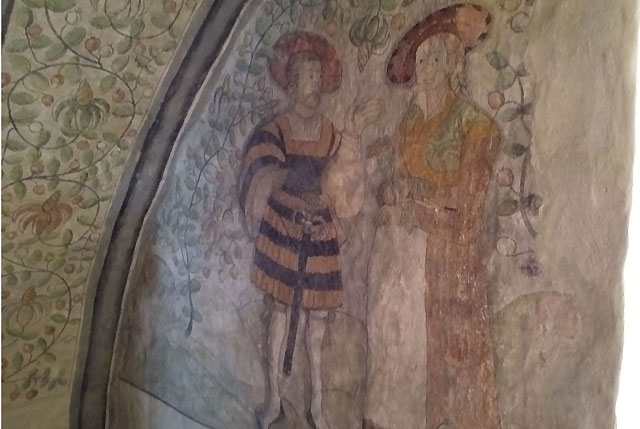
I felt like I’d had a gym-worthy workout after exploring its manifold nooks and crannies that harbour a plethora of treasures. The dimly-lit rooms evoke the rigours of living in the Middle Ages. The 16th century secular murals are truly gorgeous; the Nun’s Chapel boasts a priceless artwork, a 14th-century portrait of the Virgin by the Master of Lieto; while the Outer Castle houses the Historical Museum of Turku.

Its chief exhibit is a stunning miniature castle model, depicting the castle in the heyday of Duke Johan and his duchess holding court. The collection includes antiques, some dating from the 17th century, along with porcelain, tapestries, silver work, pewter, glass, costumes, and even flapper dresses from the 1920s. The castle’s crowning jewel is the sprawling majesty of the banquet hall, still frequently used for state functions.

Just down the river from the castle, I also popped into Forum Marinum. Legendary sea history and a rugged maritime atmosphere suffuse this fleet of museum ships moored on the river. Spilling forth with stories of battles fought, my favourite ship was the Swan of Finland, a 1902 sailing ship which was deployed by the Finnish navy during its WWII battles with Russia.

Tuomiokirkko is the “mother” of the Lutheran Church of Finland. This Gothic cathedral from the 1200s is considered Finland’s greatest medieval survivor. Built on the banks of the Aura River, this sky-scratching brick-built structure was painstakingly restored after being seriously scarred by the 1827 fire. Buried in the vaults are bishops, warlords, and even one Swedish queen. It’s soaring west tower is as long as a rugby field. Some beautifully restored old government buildings cluster around the cathedral.

Strung along the riverbanks, Turku has an engaging range of small museums. I visited the Turku Art Museum, showcasing mainly Finnish masters, while the Sibelius Museum is a dedicated exhibition to the composer’s life and work. The Aboa Vetus & Ars Nova is a two-in-one museum, displaying contemporary art and archaeological finds. I also strolled to the atmospheric Handicrafts Museum, an open-air museum of original wooden houses in the Luostarinmäki quarter, one of the few areas to survive the fire.

Turku has fostered a red-hot reputation among foodies – it’s widely billed as Finland’s food capital. Many of the best restaurants are on the riverfront, but the most highly rated, Kaskis, is a short walk away up one of the city’s seven small hills. Book well in advance! The focus is on fresh Nordic flavours, with many ingredients from Finnish forests. I feasted on pike perch, asparagus, lamb and rhubarb, and a dish of cabbage topped with shaved reindeer heart.
A trendy new foodie district has also emerged in the unlikely surroundings of an old prison. Kakola Prison, atop Kakolanmaki Hill, operated for over 150 years, finally closing in 2007.

The vast building stood silent for a decade, but the team behind Kaskis has opened a restaurant there, serving food cooked over an open fire and designed for sharing, such as lamb chops with burnt aubergine. The blazed wood-fired salmon is sublime. The restaurant has been joined by the Kakola Brewing Company and a roastery, Frukt Coffee Roasters. (Try the Raspberry Sour Ale at the brewery.) It’s all connected by a free funicular, to spare you from scaling the hill on foot.

At the heart of the city is the historic Turku Market Hall. Built in 1896, it extends for an entire block and houses rows of shops and delis. It’s great sampling local specialities such as herring and roe (Finnish caviar), served on the dark sticky rye bread. Don’t miss the raisin sausages, a distinct local favourite. They are made with barley flakes, pork, onions, milk, syrup, allspice, white pepper, salt, and raisins. Although this sausage is often marketed as a Finnish Christmas delicacy, they are a perennial seller in Turku’s market hall, where they sold piping-hot, rolled in paper, and accompanied by a dollop of lingonberry jam.

Try the sweet treats from the award-winning Piece of Cake bakery. Turku is very proud of their Bishop’s Doughnut, baked for over 150 years, with a raspberry jam coating, not dissimilar to the Berliner.
Turku is awash with a roaring craft brewpub scene, serving up suds to beer aficionados who like to sip in style. A top haunt is The Old Bank, where the old bank vaults now overflow with kegs. The brew of choice is Lapland’s Jouluolut lager or Father Christmas beer. But you’re spoilt for choice with the bar stocking over 200 beers and 22 on tap alone. The Toilet Bar, as the name suggests, was originally built as a WC for the city’s first bus station, nearly 90 years ago.
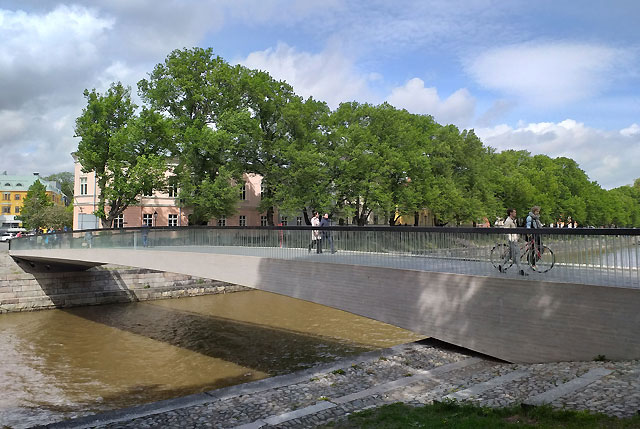
It’s a wildly popular place to squat for the night staring at the evolution of toilet seats alongside hundreds of thirsty Finns raising their lids for the national drink of Karhu, Finland’s top-selling beer, a full-bodied hearty lager.
The city’s other stirring selling point is the archipelago, with 40,000 islands and skerries fanning out from Turku, making it the most prolific archipelago in the world. Many of these islands are connected by the circular Archipelago Trail, a 200km network of roads, bridges and transport links.

Even the most outlying islands are connected by mostly free ferries including far-flung outposts like Hyppeis, an elemental delight, low-lying and thickly forested, with small cabins peeping through the trees. The Turku archipelago doesn’t possess the vertical drama of Norway’s fjords, but the serene beauty of this vast island chain is unmistakeable. It’s just the place to savour that revered Finnish pastime of sauna, before leaping into the sea for its bracing but circulation-boosting benefits. And fuel up on more blazed salmon!

I stayed at Scandic Plaza Hotel, in the heart of the city, adjacent to the Market Square. The century-old hotel boasts a fabulous restaurant, Bryggman’s Deli with mouth-watering café delicacies, open for breakfast, lunch and dinner. Rooms are comfortable and quiet, and reception staff will happily let you borrow a bike to soak up the city sights, on those leafy boulevards and riverside trails. www.visitturku.fi

Rail Europe has all your rail needs covered across Finland and Scandinavia. Whether you want to pre-purchase a Eurail Pass, Scandinavia Pass, point-to-point tickets, or make seat reservations in advance, Rail Europe are the experts in great rail travel. www.raileurope.co.nz

Qatar Airways, the Skytrax Airline of the Year, fly non-stop between Doha and Auckland, one of the world’s heroic ultra-long haul routes. QSuite has just been launched on the Auckland service, delivering first-class luxury to the Business Class cabin, including double lie-flat beds and private sliding doors. Beyond Doha, Qatar Airways flies to over 160 destinations worldwide including Helsinki. www.qatarairways.com

Scandinavia is an expensive region to be stranded in a medical emergency. Ensure that all existing medical conditions are declared (including those of children). In many instances, some of these existing medical conditions can be covered free of charge or at an additional premium. Your insurer will be able to assist you with the assessment process. https://www.covermore.co.nz




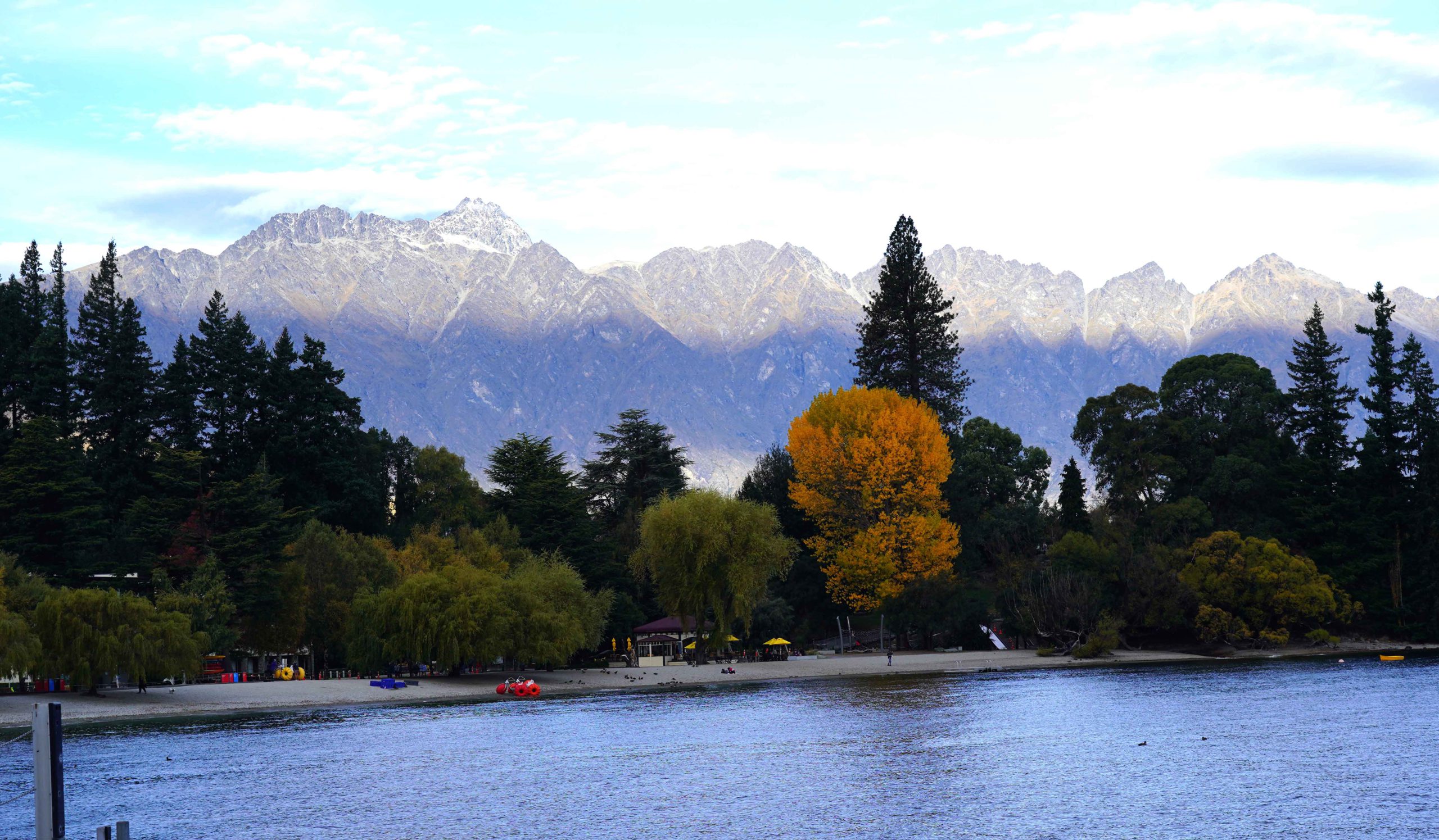
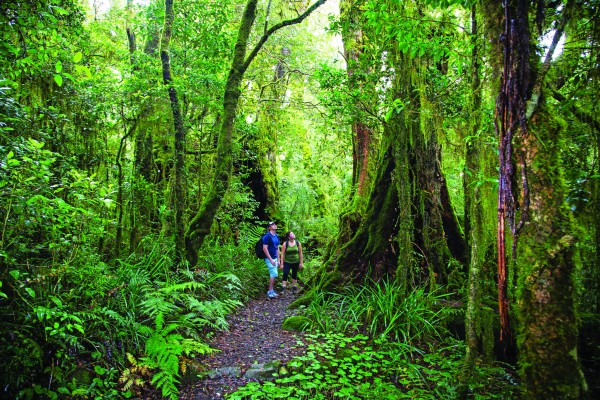



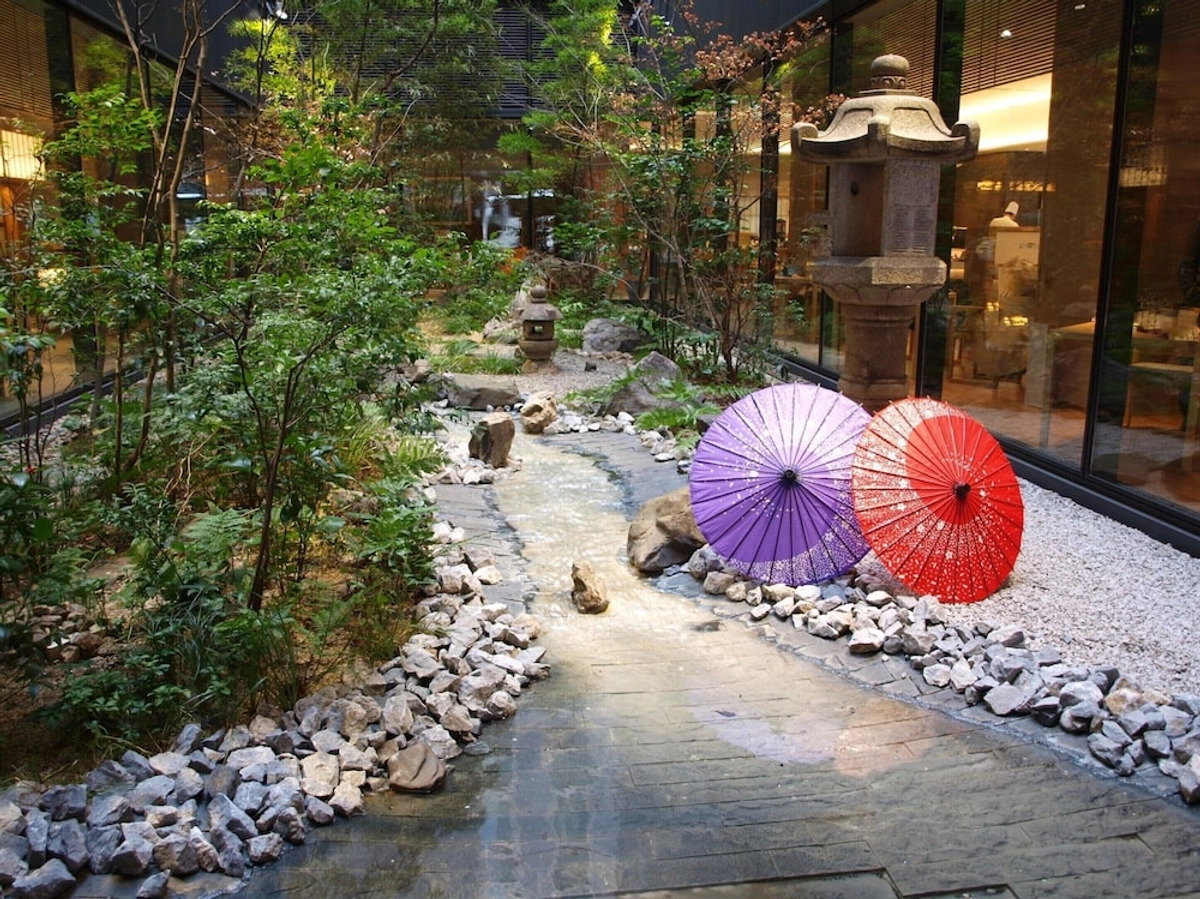



Recent Comments